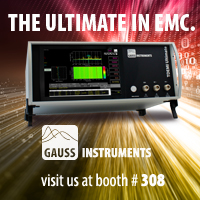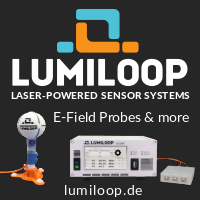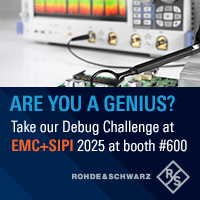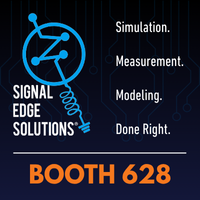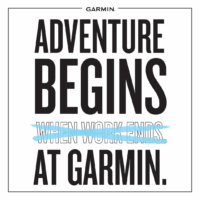Student EMC Hardware Competition
Announcing the Winners for the 2025 Student EMC Hardware Design Competition!
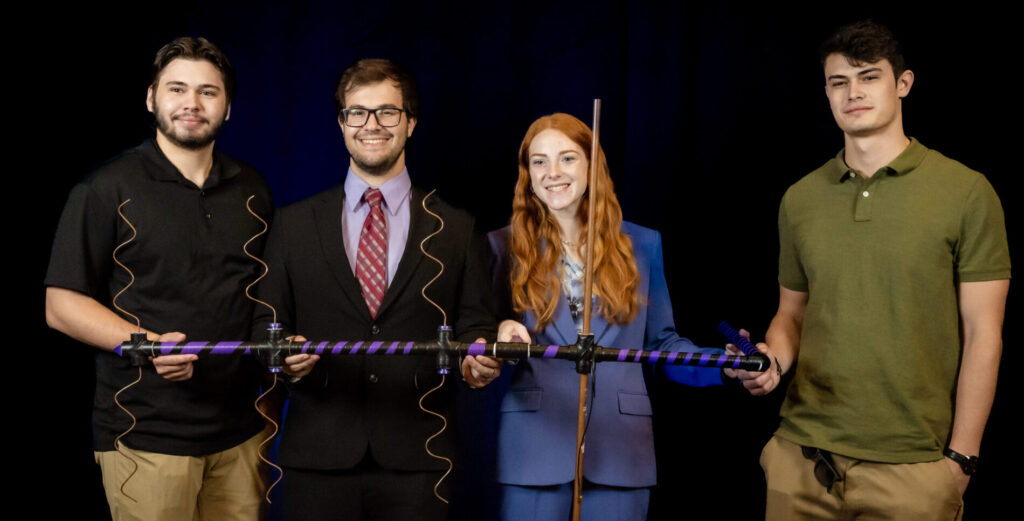
WINNER
$2000 CASH AWARD
University of Mount Union
Glauco Filho Fontgalland, Thomas Elliott, Logan Gunderman, Emily Borroni, Daniel Foltz, Jack Davis
Student EMC Hardware Design Competition
Date: Tuesday, August 19
Location: Exhibit Hall
Time: Starts at 10:30 AM
Please come to meet the students afterwards in the EMC Society Booth!
This year’s contest features radio direction finding which is an important aspect of EMC engineering needed to locate a sources of interference. The interference could be noise such as that generated by a failed power line device or the intended or spurious emissions from a communications system. On complex platforms it is essential that RF energy utilized in one area does not result in a response from unrelated areas. This contest requires a means to identify three different signals that are so close in frequency that their modulated bandwidths overlap and can each be tracked to its location in the exhibit hall.
The frequency range used for this contest will be around 145MHz. 145Mhz is in the 2m amateur or VHF band. This wavelength enables a number of practical antenna options. The signals will be modulated with narrow band FM (15kHz) sending an ID call sign and short message in Morse code. The transmissions may be continuous or have a duty cycle with regular but short periods of no activity. Decoding the Morse code call sign and message is also strongly encouraged as that can uniquely identify each source.
The students will engage in this search Tuesday morning and will be available at the IEEE EMC Society booth for the afternoon to answer questions and where possible, demonstrate their solution.
COMPETITION SCHEDULE
May 1, 2025 – Deadline to submit the technical description files
May 18, 2025 – Notification of Top 3 finalists. Top 3 finalists will be listed in the conference program.
August 19, 2025 – Top 3 finalists will compete in the EMC+SIPI 2025 Exhibit Hall
August 21, 2025 – Winning entries will be recognized at the EMC+SIPI 2025 Awards Luncheon






